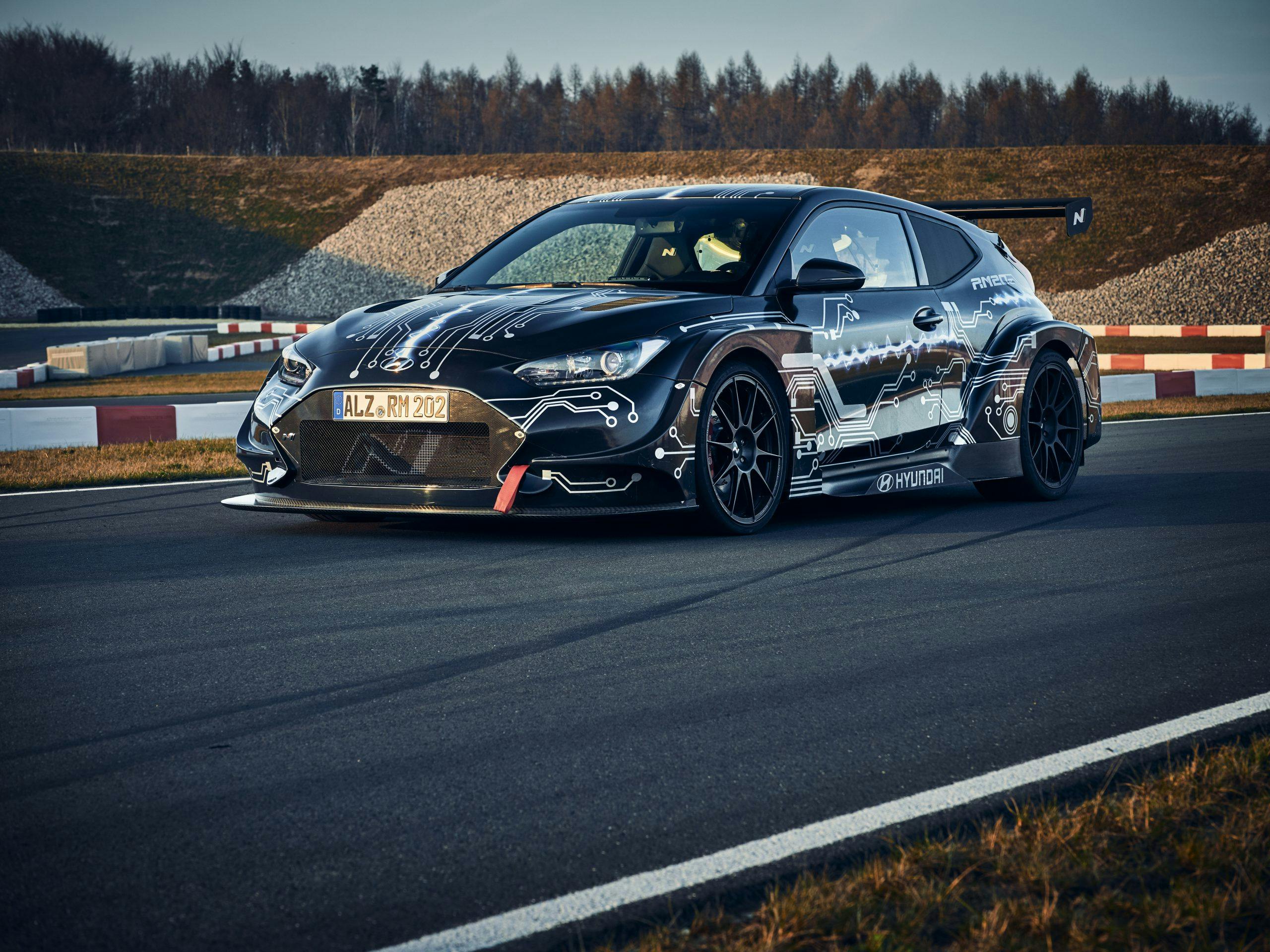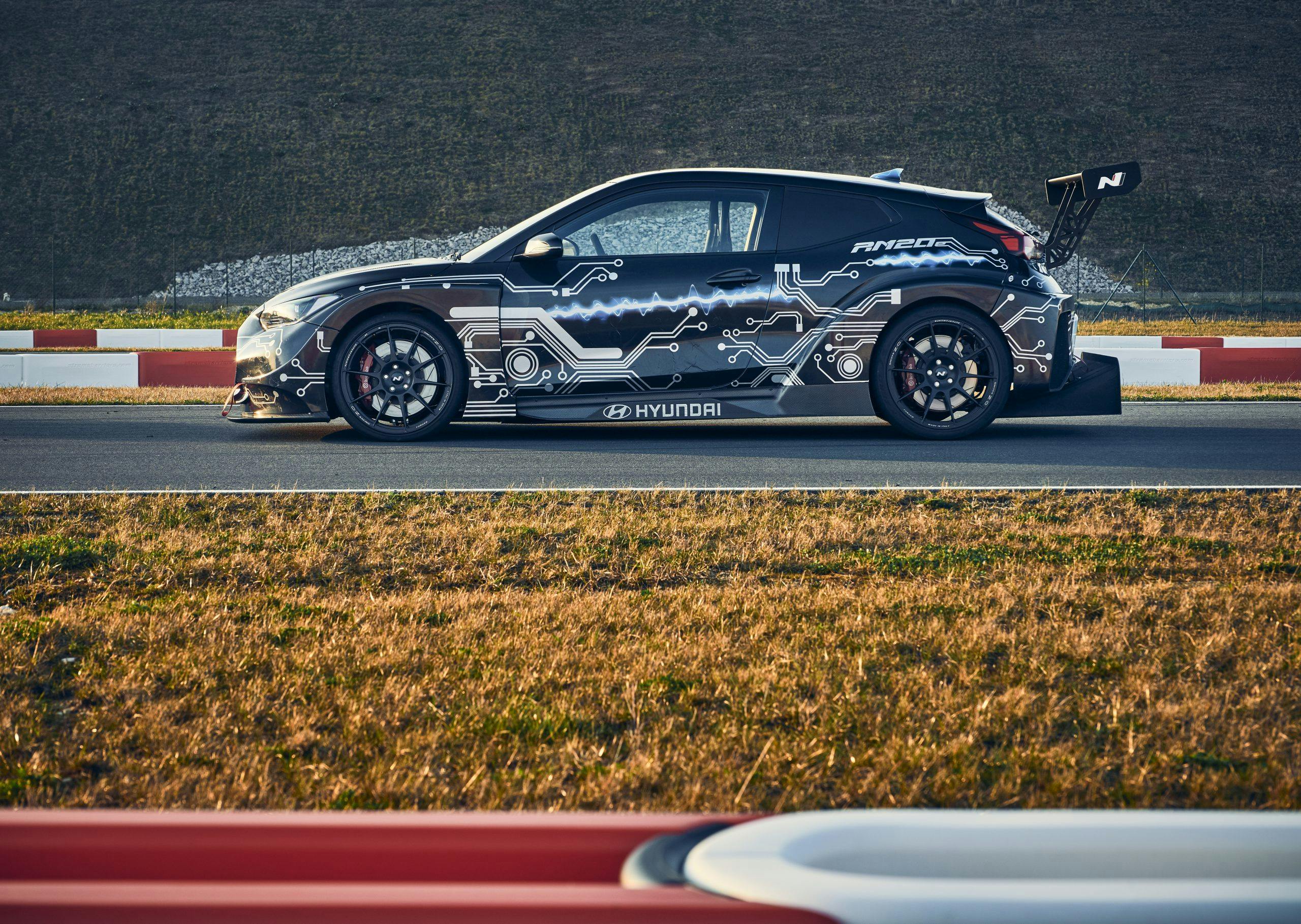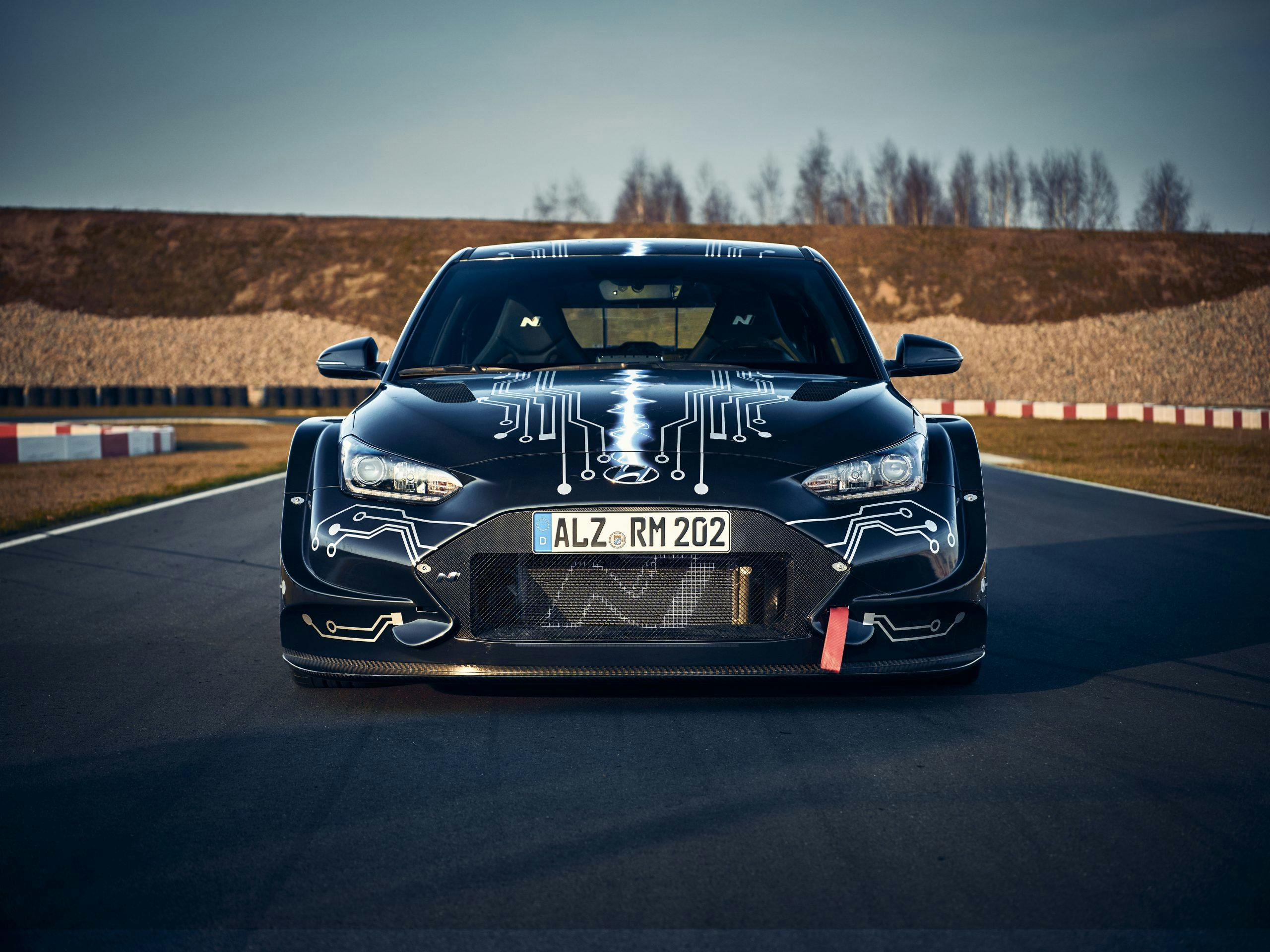Porsche, Audi to F1, Bentley’s bigger bet, Hyundai and Rimac hit pause
Porsche, Audi to enter Formula 1 as soon as 2026
Intake: Hallo, Formula 1. This morning, Volkswagen CEO Herbert Diess revealed that its premium brands Audi and Porsche are expected to join the Formula 1 landscape as soon as 2026. Though, the capacity in which each arm participates is largely in flux. According to Reuters, Audi is ready to offer around $556M for McLaren as a means to enter, whereas Porsche intends to create a long-term partnership with F1 front-runner Red Bull. Diess cited the rapidly expanding series market—specifically within the U.S. and Asia—as justification for participation. The VW boss also said, if the group was to ever make the foray, the announcement had to happen this year. “You can’t enter Formula 1 unless a technology window opens up,” said Diess. Currently, F1 aims to unveil a new engine layout—the second-generation hybrid power unit—by 2025. Diess commented in the video that a new engine development within the walls of Wolfsburg would require three to four years. The question is, can the German brands’ most devout fans wait that long?
Exhaust: “You just run out of arguments,” said Diess during the Monday video. Participation in motorsports is largely an emotional endeavor, so we’re sure proponents within VW’s C-suite brought substantial ammo to sway the company’s bean counters. Still, according to Diess, the Board’s decision to enter was not unanimous. Playing the devil’s advocate in the video, he said, “We have enough to do, and we don’t really need to do Formula 1,” but then doubled-back with: “Our premium brands say that’s the most important lever to increase the brand value and to be able to take a little bit more for the cars in terms of pricing.” As motorsports fans, we’re all for the announcement. With the new teams and new tracks, the future of F1 is exciting, and it seems as though everyone is looking to cash in on the recent growth of the series. By 2026, the grid will look a lot different—namely a little more black, red, and gold.
A bigger Bentley is coming on May 10

Intake: Bentley has teased a fifth model to be added to its lineup of luxury. The car, which is set to be revealed on May 10, will “sit in sumptuous comfort at the pinnacle of its range and deliver a breadth of capabilities beyond anything previously offered. The company’s designers, engineers and craftspeople have gone to new lengths to combine luxury, technology and performance in a way that only Bentley can deliver.” So what can we expect? Reading between the lines (and looking back at some spy shots) the car seems most likely to be a longer-wheelbase Bentayga. We’ll know for sure next week.
Exhaust: Bentley has been working on a bigger Bentayga for a while now. Stretching the luxury crossover’s 117.9-inch wheelbase ties in with the language the British brand is using—”new lengths” and “a breadth of capabilities” all hint at a sizeable SUV. The Bentayga has been a big hit for Bentley, making up 40 percent of all sales worldwide and contributing to a record 14,659 cars sold in 2021, so extending its potential makes perfect sense. It makes sense that Bentley would introduce a competitor to the Mercedes-Maybach GLS 600.
Three years and two concepts later, Hyundai and Rimac hit pause
Intake: Hyundai is no longer collaborating with Rimac, sources are telling Automotive News. Back in May of 2019, the South Korean automaker and its Kia sibling invested $90M in a technical partnership with Croatia’s Rimac, then known for its electric C_Two hypercar. Founded in 2009, Rimac had also reached similar tech collaboration agreements with Aston Martin and Porsche. Stuttgart’s increased involvement since 2019 could be what’s giving Hyundai cold feet: In 2021, the German automaker upped its stake in The Rimac Group from 10 to 24 percent. (Hyundai and Kia, together, held 12.) Hyundai’s partnership with Rimac had already begun to bear fruit, pandemic aside: In September of 2020, we saw the RM20e, an 810-hp electric hatchback with an 800V motor mounted amidships. As recently as this past September, we even saw a teaser of the second project promised from Rimac and Hyundai, a mad-scientist coupe that paired a plug-in Rimac drivetrain with a hydrogen fuel-cell converter.
Exhaust: Though we can’t yet tell who is breaking up with whom—Hyundai hasn’t said whether it’s selling its share—it’s clear from Rimac’s purchase of Bugatti from the VW Group last September that its priorities have shifted away from the Hyundai partnership and toward Porsche, who owns 54 percent of the newly minted Bugatti Rimac in addition to the 24 percent stake it already holds in The Rimac Group. If the Rimac break-up is official, who might Hyundai eye next for its high-tech, high-performance projects?
Wiesmann wises up, goes electric
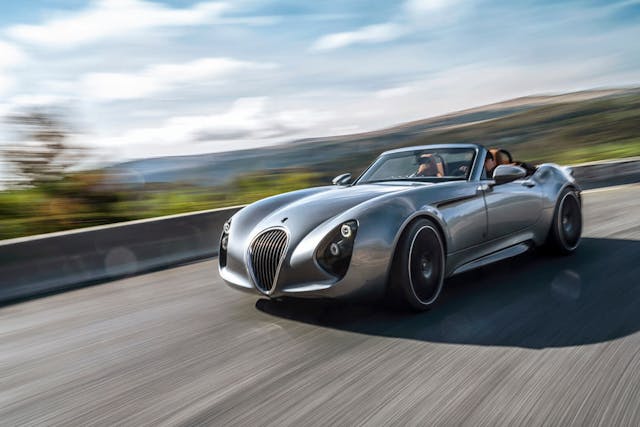
Intake: German niche car maker Wiesmann has been brought back to life to build what it claims is the world’s first all-electric convertible sports car. Project Thunderball is “our extraordinary response to the electrification revolution that is tearing through the automotive world,” says Wiesmann. We know Wiesmann for its retro-styled, BMW-powered roadsters, and Project Thunderball doesn’t break from tradition when it comes to the throwback styling. However, underneath the carbon fiber bodywork is an electric powertrain, designed with the aid of Roding Automotive, with two rear-mounted electric motors combining to produce 671 hp. Wiesmann says that’s sufficient to send the car to 62 mph in 2.9 seconds, and with a sizeable 92 kWh battery pack range is claimed to be over 300 miles. The asking price is over $300,000 and the production run will be limited to 1,000 cars.
Exhaust: Apparently Wiesmann does not deign to acknowledge the original Tesla Roadster in its claim as the “world’s first all-electric convertible sports car. From the time the firm was established in 1988 to temporarily shutting up shop in 2014, the company built less than 200 cars per year, so Thunderball is an ambitious scaling up of the business. Wiessmann is one of the last boutique carmakers left to take an old school approach in its styling and layout, with 1950s and ’60s-inspired curves and a front-engined, rear-wheel drive platform. That said, they still utilize sophisticated chassis and suspension tech. Will Project Thunderball’s ultra-modern drivetrain mar the rest of this package’s appeal? Time will tell.
New Defender frosted with ‘90s nostalgia
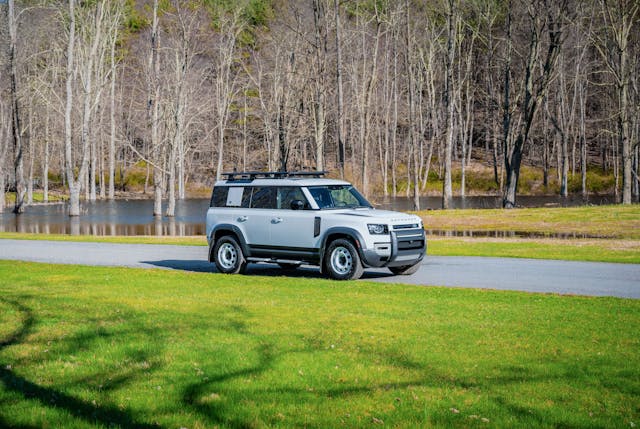
Intake: To commemorate 30 years since the Defender 110 returned to U.S. shores in 1993 (it had been absent for 18 years), Land Rover is kitting out 500 examples of its 2023 four-door Defender with some outdoorsy upgrades and special badging. The 30th Anniversary Edition starts life as a white-over-black Defender P300 S, which in JLR speak means “2.0-liter inline-four gas engine.” The lowest rung in the Defender’s powertrain lineup, the turbo four sends 296 hp and 295 lb-ft of torque to all four wheels via an automatic transmission. Land Rover sweetens the deal with a few higher-end options in the catalog—like a sliding panoramic roof ($1800), an electronic active diff, the Tow Pack ($1850), and air suspension ($1600)—and adds steel wheels, mud flaps, a ladder, and a chunky roof rack. The exposed cross-beam in the dash is finished in white powdercoat and there are, of course, plenty of special 30th anniversary badges.
Exhaust: For those who remember the manual-only, V-8 Defender First Edition, to which the 30th Anniversary explicitly refers, this treatment reads as surface-level. Risky bet, on Land Rover’s part, given the $21,600 premium it’s asking for regularly available options and an untouched drivetrain: A regular Defender 110 P300 S starts at $54,750, and 30th Anniversary Editions will clear $75K with destination.


